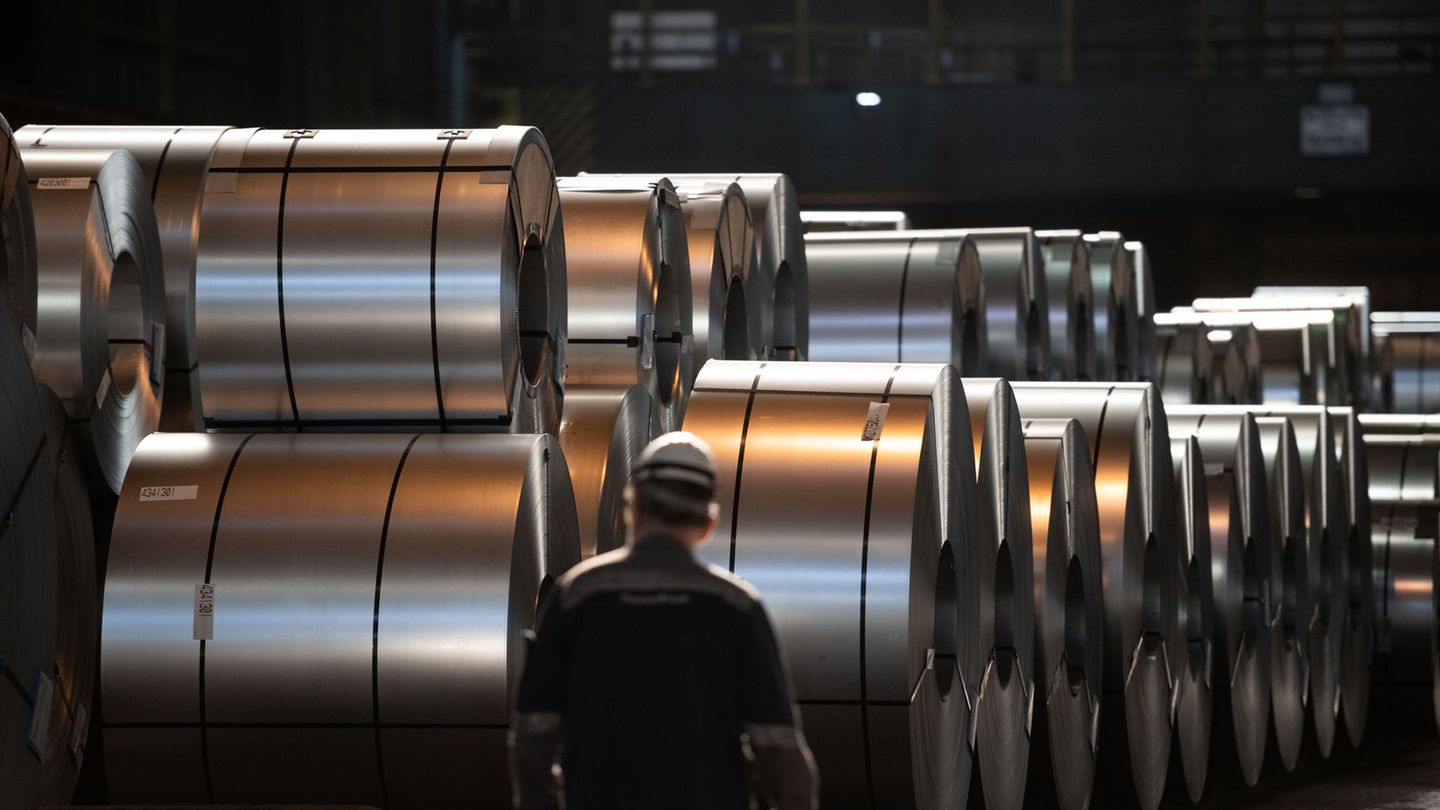Two-direction loading
E-cars as electricity storage – study sees high savings potential
Copy the current link
Even electric cars just sit there most of the time. With the right technology, they could reduce the burden on the power grid by billions – and save their owners costs.
According to a study, if electric cars were used to store electricity, the costs of the energy system could fall across the EU by up to 22 billion euros annually – and consumers could also save a lot. With so-called bidirectional charging, vehicles absorb excess and therefore cheaper solar and wind power from the grid during the day and feed it back in in the evening or at night.
The Fraunhofer Institutes for Solar Energy Systems (ISE) and for Systems and Innovation Research (ISI) have examined the cost advantages that this two-way charging would bring for network operators and consumers on behalf of the EU interest group Transport & Environment (TE). of all things.
Investment requirements could fall by around 100 billion euros
Accordingly, in the most advantageous scenario, the extensive use of electric cars as electricity storage would reduce the investment requirement in the European energy network by more than 100 billion euros between 2030 and 2040. To achieve this, however, around half of all electric cars and battery trucks would have to be able to feed electricity back in by 2030. If this flows directly into the overall network, it is called vehicle to grid (v2g, i.e. from the car to the network).
Owners also have the option, especially in single-family homes, of using the electricity stored in the car battery for their own household (vehicle to home, or v2h). The electric car could then become an energy supplier in the particularly energy-intensive evening hours and reduce electricity costs. It then charges again at night when demand is low and electricity is cheap.
Savings of several hundred euros are possible for consumers
In Germany, savings of more than 700 euros per year would be possible in this way for a four-person household, the study authors calculated. If it is fed into the overall network, any remuneration for the wagon owners would be added.
But there are some obstacles to the widespread distribution of two-way technology. On the one hand, there is the problem with power conversion. When charging electric cars, the alternating current in the network must be converted into direct current and vice versa. On some models this happens in the car. Others require a more expensive wallbox to connect the car to. The study authors recommend a uniform standard that manufacturers can adapt to.
Habeck: Commercial availability from 2025
There was also a lack of regulatory and political framework conditions to make the existing niche technology marketable on a large scale. At an industry meeting a few days ago, Federal Economics Minister Robert Habeck (Greens) announced that bi-directional vehicles and services could be commercially available from 2025.
“As mobile electricity storage devices, electric cars can make an enormous contribution to stabilizing the electricity system,” said Habeck. “Their batteries can be used to temporarily store electrical energy, thereby creating additional flexibility.”
dpa
Source: Stern




